
How Do Vented Induction Hobs Work? A Simple Guide
Vented induction hobs are transforming modern kitchens by combining powerful cooking technology with sleek, built-in extraction — all in one stylish appliance. If you’re planning a kitchen renovation or simply exploring smarter ways to save space, you’ve probably come across these innovative appliances. But what exactly are they, and how do they work?
At a glance, a vented induction hob looks like a typical flat glass hob, but with a discreet vent or grille in the centre or along one edge. This built-in extractor removes steam, smoke and cooking odours right at the source, eliminating the need for a separate cooker hood. The result? A clutter-free kitchen layout and efficient airflow without compromising on performance.
In this guide, we’ll break down how vented induction hobs work, what makes them different from standard hobs and extractors, and whether one might be right for your home.
What Is a Vented Induction Hob?
A vented induction hob is a 2-in-1 kitchen appliance that combines an induction cooktop with an integrated extractor fan. It allows you to cook and ventilate simultaneously from the same unit, making it ideal for open-plan spaces, kitchen islands or modern kitchens where minimalism is key.
Unlike traditional setups that require a separate overhead extractor, vented hobs draw in cooking vapours directly from the surface, giving you more design flexibility and saving valuable wall or cabinet space.

How Does It Work?
Induction Cooking Basics
Induction hobs use electromagnetic fields to directly heat your pans rather than the hob surface. This makes them fast, energy-efficient and safer, as the glass top remains relatively cool to the touch. When you place a magnetic-based pan on an induction zone, a coil beneath the glass activates, creating an alternating current that induces heat directly in the pan. This means less energy is wasted and heat is delivered precisely where it’s needed.Built-in Extraction Explained
What sets vented hobs apart is the integrated extractor fan built into the hob surface. As you cook, steam, grease and cooking odours are drawn downwards into the vent, rather than rising up into the air. The vent typically sits in the centre or rear of the hob and connects to an internal extraction system, which filters or expels the air depending on the setup.Ducted vs. Recirculating Extraction
There are two main types of extraction systems:- Ducted: Extracted air is vented outside through a pipe. This setup offers maximum performance and is ideal for high-heat cooking or frequent frying.
- Recirculating: Air is pulled through grease and carbon filters to remove particles and odours, then recirculated back into the room. This option is easier to install and doesn’t require external ducting, but may need more frequent maintenance.
Smart Sensors and Auto Extraction
Many modern vented induction hobs include sensor technology that automatically adjusts fan speed based on the level of steam or odour detected. This hands-free function ensures efficient ventilation without you needing to fiddle with settings mid-cook.
Key Features to Look For
- High Extraction Rate (m³/h):
The extraction rate measures how much air the hob can clear in an hour. A higher rate (e.g. 400–600 m³/h or more) is ideal for larger kitchens or for those who regularly fry or boil. It ensures steam and odours are removed quickly and effectively before they spread through your home. - Low Noise Levels:
A noisy extractor can ruin the atmosphere, especially in open-plan kitchens. Look for models that operate at around 60 dB or lower on standard settings. Some hobs include a “quiet mode” for less intrusive background ventilation. - Flexible Cooking Zones:
Many vented hobs include bridging zones or flexible areas that let you combine two zones into one. This is great for using griddle pans or large roasting trays. Some models even detect pan size and shape for more efficient energy use. - Effective Grease and Carbon Filters:
These filters capture grease particles and neutralise odours. Dishwasher-safe grease filters are a bonus, while long-life carbon filters reduce ongoing maintenance. Always check how easy it is to access and replace these filters. - Intuitive Touch or Slide Controls:
Most vented induction hobs come with digital touch panels or slide controls. They should be easy to navigate, even with wet or greasy fingers. Look for models with clearly marked temperature levels, booster functions and separate fan settings. - Automatic Extraction Sensors:
Some premium models feature sensors that detect steam or cooking intensity and automatically adjust the fan speed. This offers hands-free convenience and ensures energy-efficient operation. - Stylish, Seamless Design:
Frameless or flush-fit hobs create a sleek, modern finish and are easier to clean. A minimalist surface with central extraction ensures your worktop remains the visual focal point without clutter from overhead hoods. - Easy Installation and Compatibility:
Some models are designed for standard cabinet widths (e.g. 60 cm or 80 cm), while others may require reinforced drawers or deeper worktops to accommodate ducting. Always check what’s included — ducting kits, filters, and manuals vary by brand.
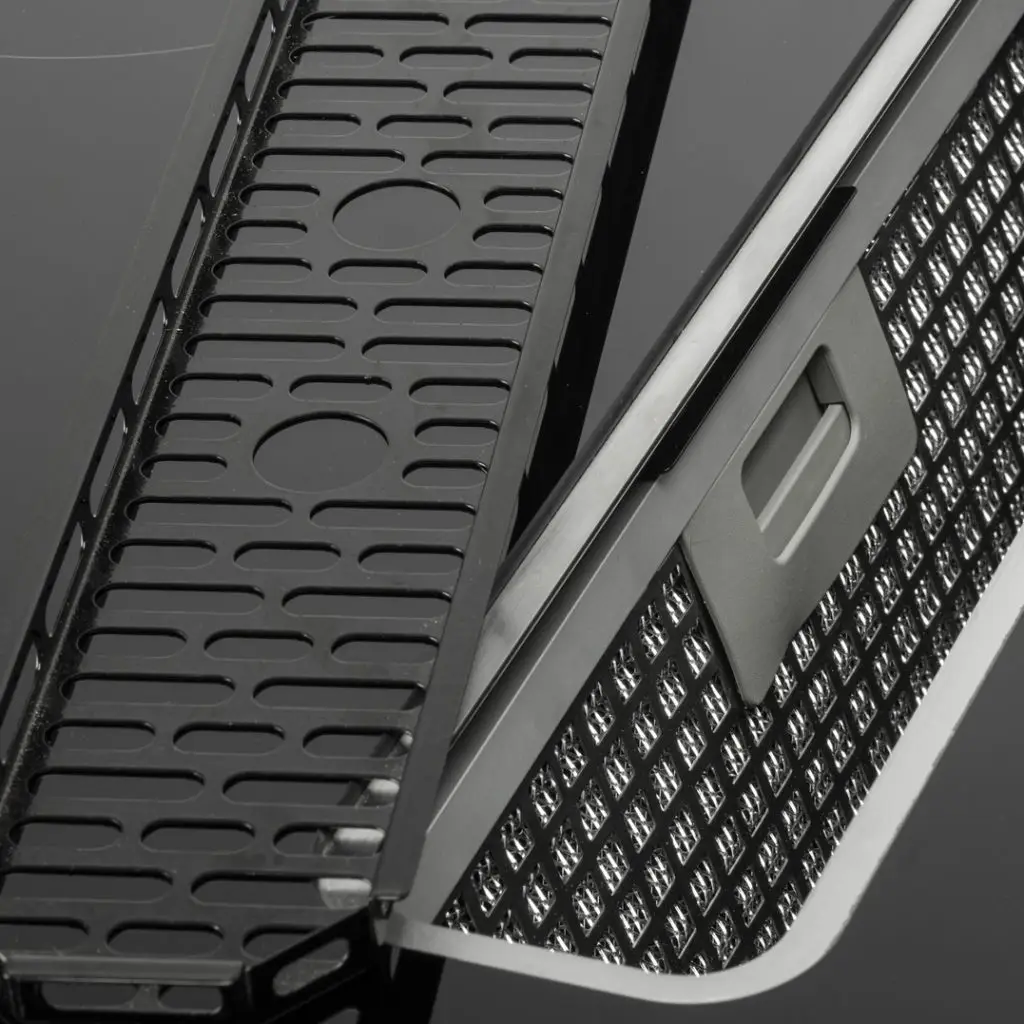
Pros and Cons of Vented Induction Hobs
Vented induction hobs offer a blend of modern technology and practical design, but like any appliance, they have their strengths and trade-offs. Understanding both sides can help you decide if they’re the right fit for your kitchen. Here’s a detailed look at the pros and cons:
| Pros | Cons |
|---|---|
|
Space-saving 2-in-1 design Combines cooking and extraction in one unit, freeing up wall space and eliminating the need for a bulky overhead cooker hood. |
Higher upfront cost Vented induction hobs are generally more expensive than buying a separate hob and extractor, especially for premium brands. |
|
Streamlined look The sleek, flush design complements minimalist or contemporary kitchens, especially when installed on islands or peninsulas. |
Complex installation Depending on your kitchen layout, ducting and cabinetry modifications may be required, which can add to installation costs. |
|
Efficient extraction at source The downdraft system pulls steam and odours directly from the pan, reducing lingering smells and condensation in open-plan spaces. |
Reduced under-counter storage Internal ducting or motor units may take up valuable cupboard or drawer space beneath the hob. |
|
Ideal for open-plan layouts Without a visible extractor hood, the kitchen feels more open — ideal for social cooking and entertaining. |
Regular filter maintenance Filters (especially in recirculating models) need to be cleaned or replaced periodically to maintain performance. |
|
Modern features and automation Many models include smart sensors, automatic fan control, and touch-slide operation for ease of use. |
Limited model range Fewer manufacturers currently offer vented hobs, and availability may be more limited compared to standard induction models. |
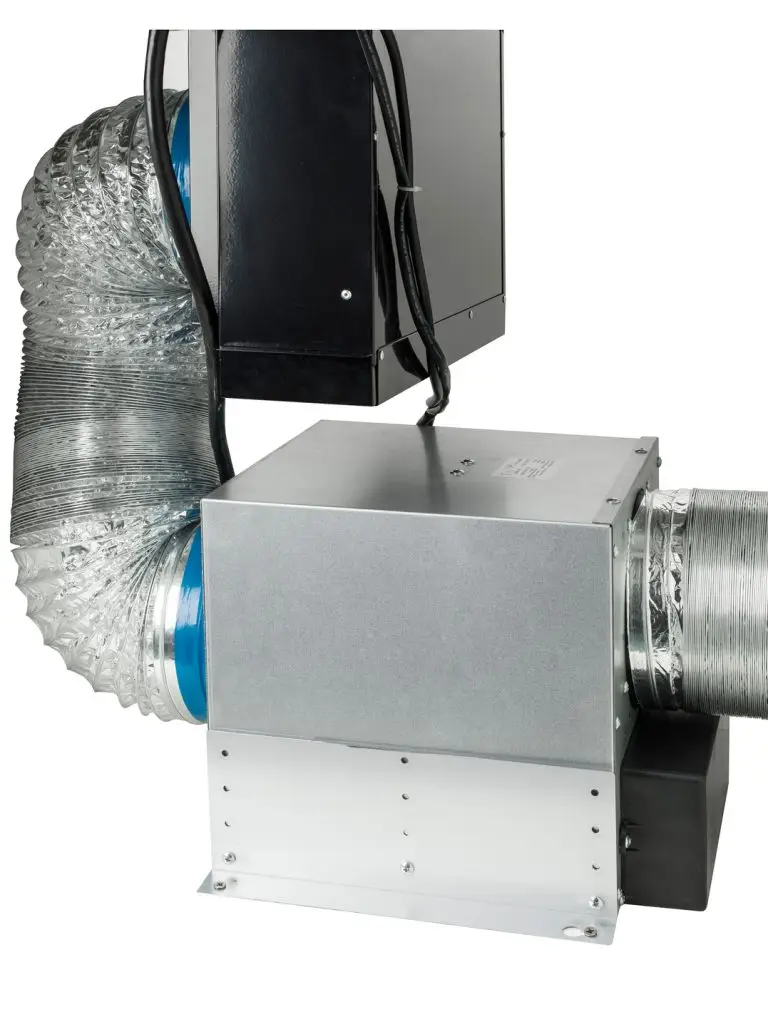
Conclusion
Vented induction hobs offer a brilliant blend of style, performance and practicality — cooking and extracting in one elegant unit. By removing steam and odours at the source, they help keep your kitchen clean and clear, while freeing up space where a bulky extractor might otherwise sit.
If you’re upgrading your kitchen and value both form and function, a vented induction hob could be the perfect centrepiece.
Frequently Asked Questions
- All Posts
- Cooker Hood Guides & Advice
- Dishwasher Guides & Advice
- General Appliance Guides & Advice
- Hob Guides & Advice
- Laundry Guides & Advice
- Microwave Guides & Advice
- Oven Guides & Advice
- Wine Cooler Guides & Advice
Learn what dishwasher salt and rinse aid do, why they matter, and when to refill them for the best cleaning...

Learn how to cook the perfect jacket potato with crispy skin and a fluffy centre. Quick, simple steps for oven...
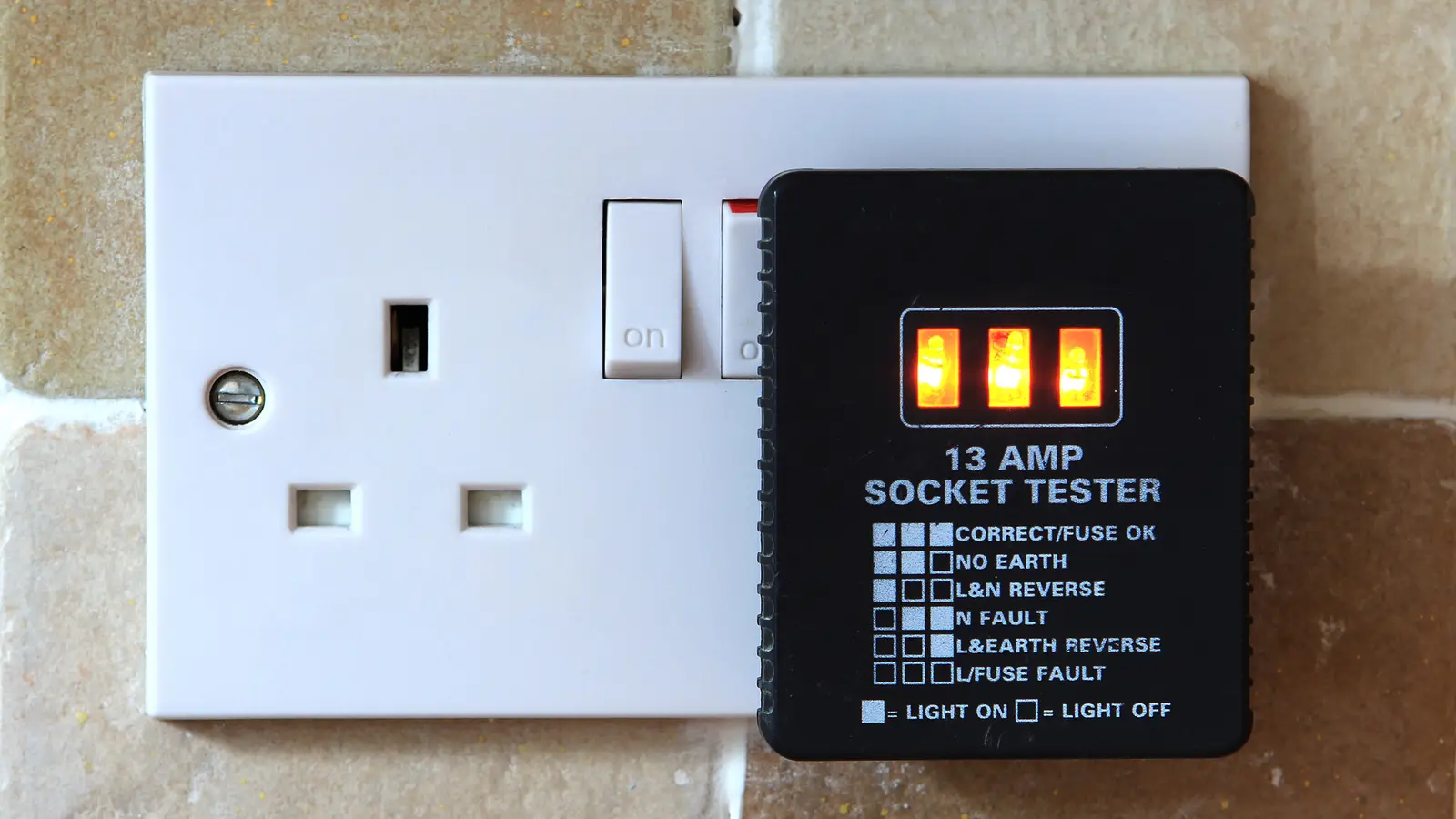
Find out if you can plug a dishwasher into a normal UK socket and what safety rules apply. Quick, clear...
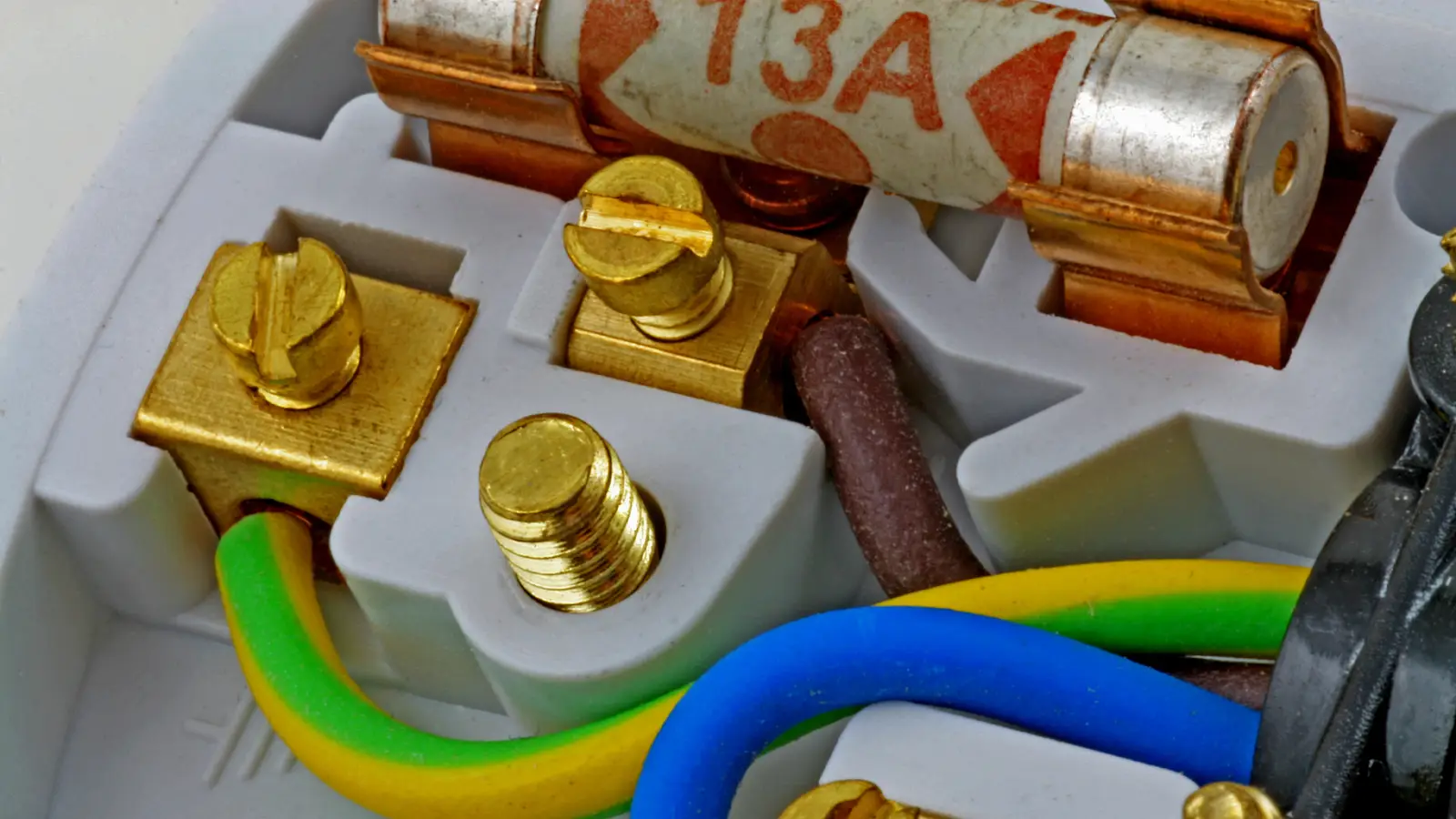
Unsure if a microwave & grill combo can use a normal UK socket? Learn the rules, wattage limits and safety...
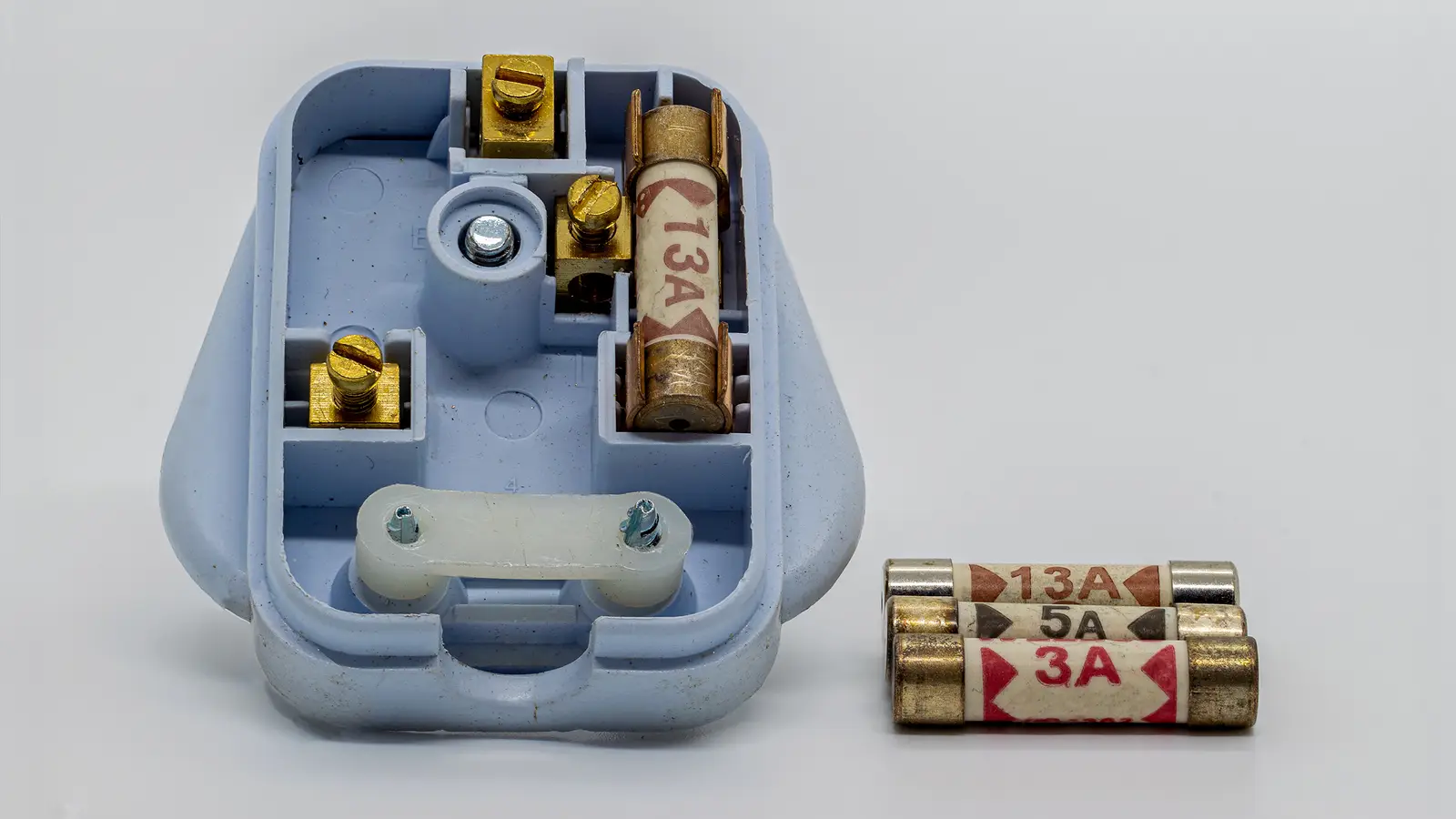
Can you plug a cooker hood into a normal socket? Learn what UK rules allow, safe installation tips, and when...

Find out when you can safely plug an induction hob into a normal UK socket and when hard-wiring is required....
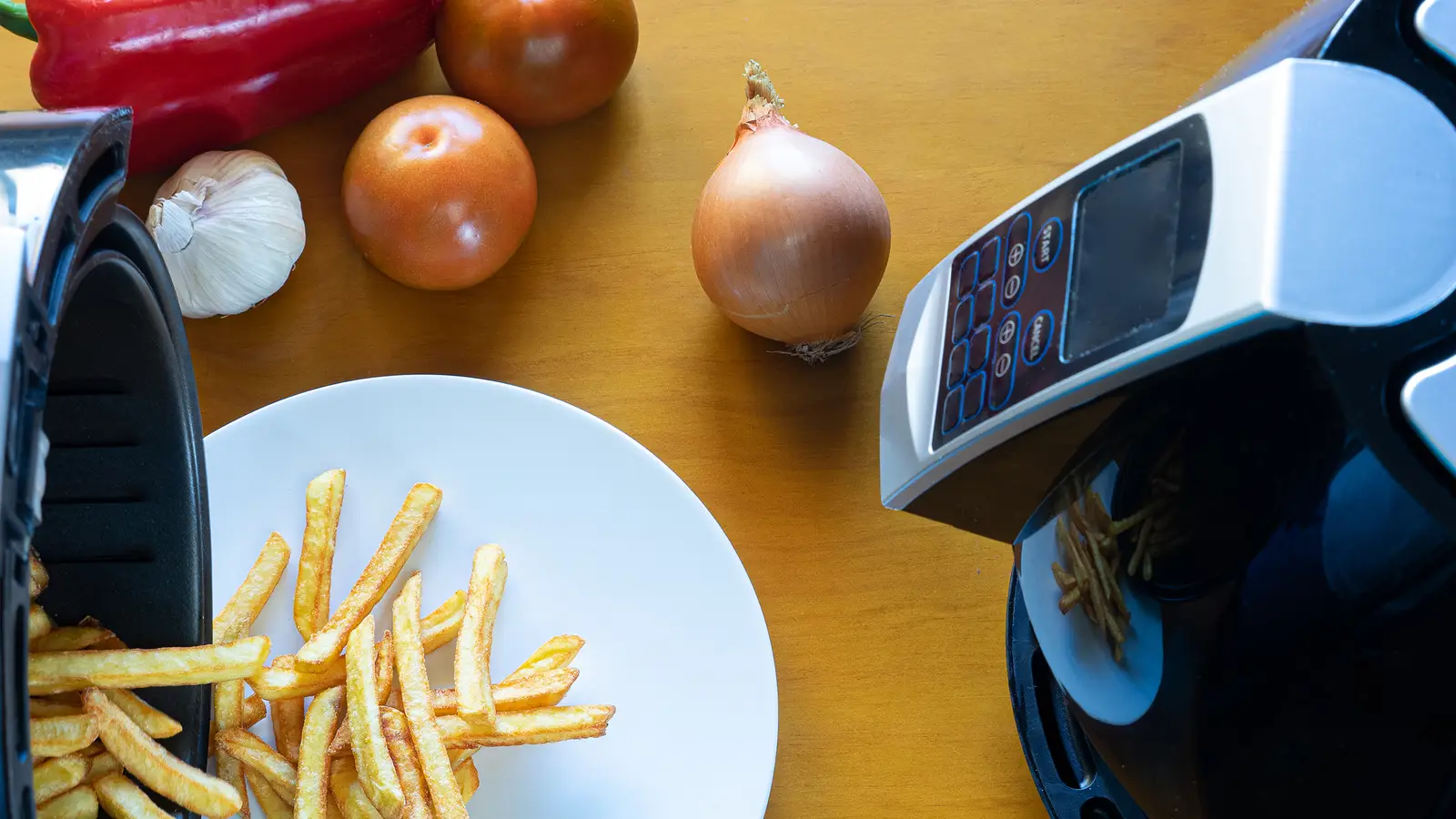
Compare real UK running costs for ovens, air fryers and microwaves. See which appliance saves you the most on everyday...

Storing wine in a fridge can damage flavour and cork health. Learn why temperature swings matter and how to store...

Learn how rubber feet, shelves and flooring reduce vibration in wine storage. Keep your bottles stable and ageing perfectly. Read...